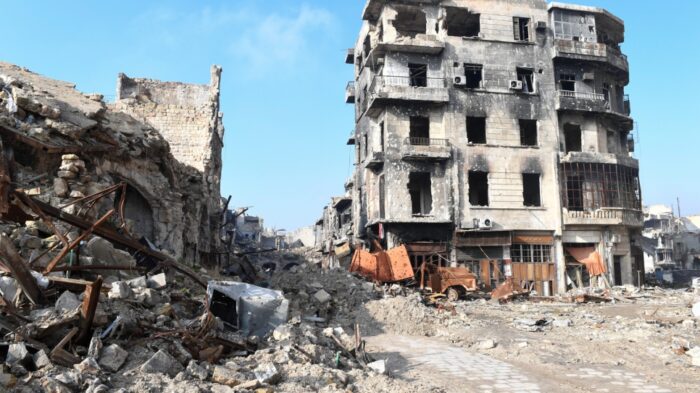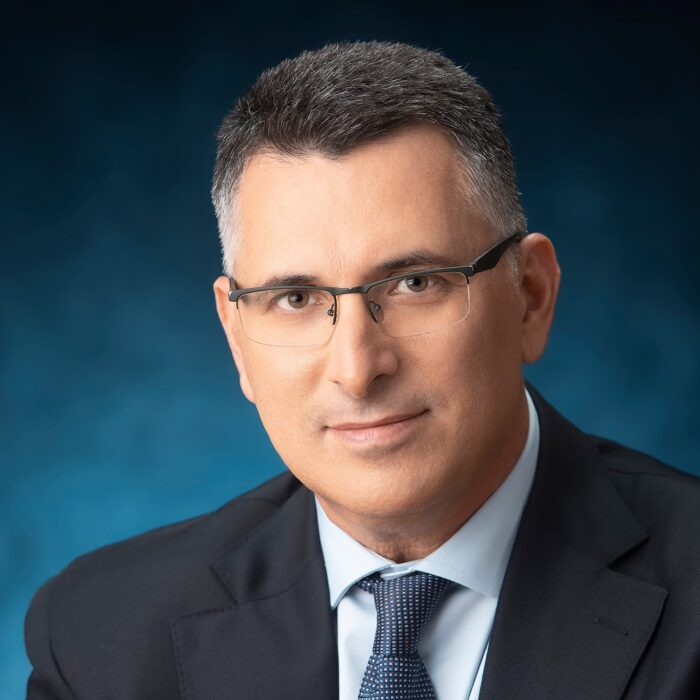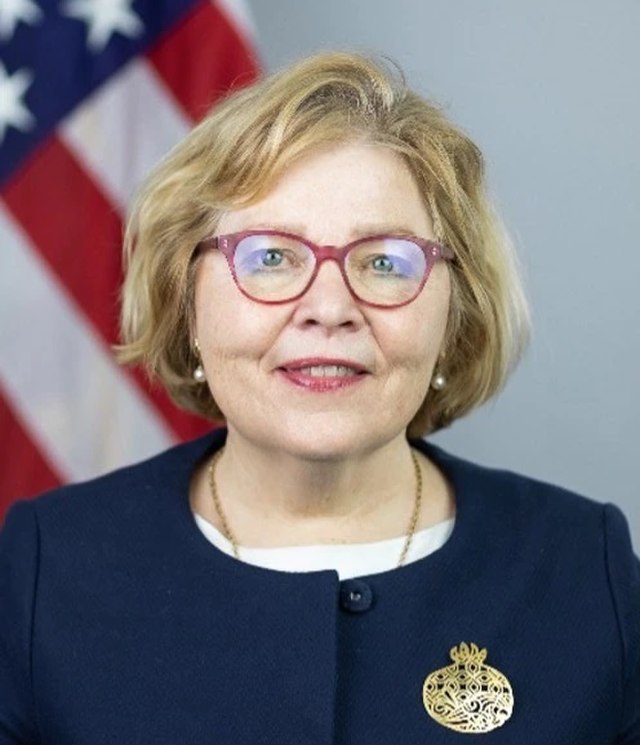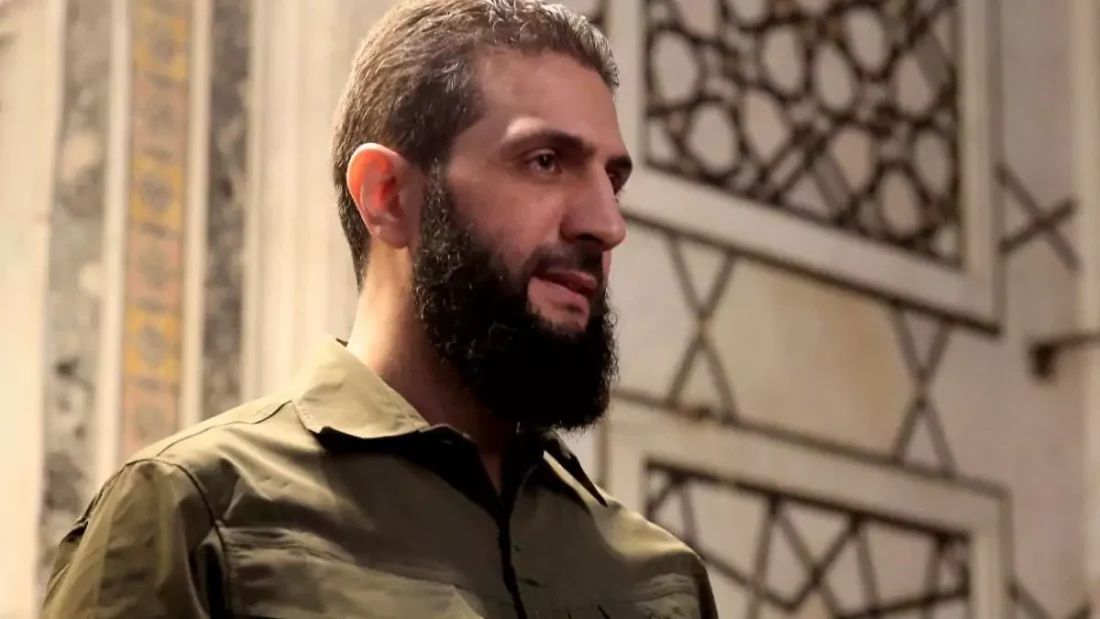Syria has been a work in progress, a nation to be rebuilt, since the downfall of its autocratic president, Bashar al-Assad, a month ago.
It is far too early to ascertain in what political direction Syria is heading, but if the past is any guide, Syrians should not expect their country to become a Jeffersonian democracy.
For most of its nearly 80 years as an independent nation, following Ottoman and French colonial domination, Syria was ruled from the barrel of a gun by a succession of army officers who owed their positions to coups.
Assad, an ophthalmologist who inherited the presidency following the death of his father, Hafez, in 2000, broke that mould. But in every other respect, he was cut from the same cloth.
A secular nationalist whose legitimacy was rooted in his control of the Baathist Party and the armed forces, Assad started off as a reformer, but gradually he reverted to form in the years leading up to the nation-wide uprising in 2011 and the outbreak of the civil war.
In suppressing the rebellion with the indispensable assistance of Iran, Russia and Hezbollah, Assad was absolutely ruthless, just as his father had been in crushing a Muslim Brotherhood revolt in Hama in 1982.
In keeping with his father’s legacy, Assad’s dictatorial regime radiated strength, intimidation and fear, yet it rested on a foundation of sand, as events would prove. On December 7, he was swiftly overthrown by a coalition of Syrian rebels from northwestern Idlib province spearheaded by Hayat Tahrir al-Sham (HTS), a jihadist outfit led by Ahmed al-Shara.
For years, he was a member of the Islamic State organization in Iraq. But in 2013, he switched his loyalty to Al-Qaeda, which he left in 2016.
HTS emerged in 2017 after a coalition of armed groups established a jihadist faction known as Jabhat al-Nusra and led by Shara. He cracked down on extremist groups such as Hurras al-Din, an Al-Qaeda affiliate, and suppressed the Syrian branch of Islamic State in Idlib.
From that point onward, he portrayed himself as a moderate Islamist along the lines of one of his supporters, President Recep Tayyip Erdogan of Turkey.
Shara and his team face a mountain of challenges and problems as they get down to the business of governing and rebuilding a country utterly devastated by years of fratricidal warfare.
Cities ranging from Damascus to Aleppo and Hama to Homs lie partially or mostly in ruins. The consensus is that the cost of reconstructing Syria will run into the hundreds of billions of dollars.

The war, of course, created a humanitarian crisis. Of Syria’s population of 24 million, approximately 300,000 were killed, seven million were internally displaced, and six million fled to neighboring countries such as Turkey, Lebanon, Jordan and Iraq, all of which have been hard-pressed to care for and integrate the refugees.
Refugees also went abroad, with Germany and Canada accepting 800,000 and 60,000 Syrian refugees respectively.
Syrians who did not emigrate face a grim job market. The economy hangs by a thread, and the unemployment is unbearably high. Employed Syrians earn only a fraction of their pre-war incomes. Inflation has reached disastrous levels, and is about 30 times higher than a decade ago.
The bottom line is that virtually every Syrian lives below the poverty line as defined by the World Bank. The Red Cross estimates that two-thirds of Syrians live in extreme poverty.
Since toppling the Assad regime, HTS has adopted a conciliatory tone, promising to form an inclusive government that respects the rights of women and minorities like Christians and Alawites, the Shi’a sect from which Assad and his loyalists hailed. (Syria’s Jewish community no longer exists, though there are still a handful of Jews).
HTS has pledged to respect the right of dissenters to stage peaceful protests, a far cry from the days when public demonstrations were absolutely forbidden and were put down by brute force.
Last week, Shara said that several years will elapse before a new constitution is drafted and elections take place. This announcement alarmed many Syrians, who dread they may well have traded one authoritarian leader for another.
There is also concern that HTS is planning to change the school curriculum on a unilateral basis, judging by the Facebook page of the Ministry of Education. Its curriculum for all age groups is Islamic in orientation, with the phrase “Defending the nation” having been replaced by “Defending Allah.” References to the gods Syrians worshipped before Islam, as well as images of their statues, are being dropped. All references to the Assad dynasty will be excised.
Education Minister Nazir al-Qadri has downplayed the intended changes, saying they will be reviewed by specialized committees.
Israel, having fought four wars and numerous skirmishes with Syria, is skeptical about the new order.
Israeli Foreign Minister Gideon Sa’ar has advised friends and allies to treat Shara’s government with extreme suspicion. Minorities like Alawites, Kurds and Christians are threatened by HTS, he told a conference recently.

“The world is talking about ‘an orderly change of government in Syria,’” he added. “But it’s not like a new government that today controls all of Syria was democratically elected. This is a terrorist gang …”
In his view, world leaders are giving HTS the benefit of the doubt solely because they want Syrian refugees on their soil to return to Syria.
Sa’ar’s deputy, Sharren Haskel, went one step further, accusing HTS of being “a wolf in (sheep’s) clothes.”
When it comes to Syria’s foreign relations, HTS has been treading carefully.
Late last month, a U.S diplomatic team arrived in Damascus “to help shape the political landscape of Syria,” as a report in The New York Times put it. The were the first American diplomats to set foot in Syria since the rupture of relations in 2012.
Barbara Leaf, the assistant Secretary of State for Near Eastern affairs, told reporters that Shara “came across as pragmatic” rather than ideological. In an unmistakable gesture, the United States removed a $10-million bounty on his head. On January 6, the outgoing Biden administration lifted some restrictions on humanitarian aid to Syria.

Regardless of these concessions, the United States and Syria still have a considerable way to go before their relations are normalized.
In 1979, the U.S. designated Syria a state sponsor of terrorism and tightened sanctions. After Syria sank into the swamp of civil war, the U.S. and the European Union imposed further sanctions on Syria’s banking, energy and telecommunications sectors.
Almost a month ago, U.S. President Joe Biden extended the 2019 Caesar Act, which imposed some of the toughest sanctions on Syria, for an additional five years.
These restrictions have resulted in a near total U.S. trade embargo on Syria.
Senator Jim Risch, the ranking Republican on the Senate Foreign Relations Committee, said that Congress will keep a watchful eye on how HTS governs.
HTS has reportedly offered Russia, one of Assad’s chief allies, the opportunity of retaining its air and naval bases in Syria. But at the same time, HTS is cultivating relations with Ukraine, which has been enmeshed in a war with Russia since 2022. Recently, the HTS leadership welcomed Ukrainian Foreign Minister Andrii Sybiha. His Syrian counterpart, Assad al- Shaibani, announced there would be a “strategic partnership” between Syria and Ukraine.
Syria’s heretofore warm relationship with Iran is quite another matter, having cooled since Assad’s ouster. Some Syrians believe that Iran must be held accountable for propping up Assad and exploiting Syria as a platform from which to attack Israel. Indeed, Shara and the governor of Damascus have said that Syria does not seek conflict with Israel, a sentiment that enrages Iran.
According to the Institute for the Study of War, a U.S. think tank, there are growing indications that Iran is trying to stoke and exploit sectarian tensions in Syria. “Doing so would weaken the HTS-led interim government and help reestablish the Axis of Resistance in Syria. The main outlet of the Iranian Islamic Revolutionary Guard Corps (has) called for a counter-revolution in Syria, framing it as a response to the ‘occupation’ of Syria by ‘takfiri terrorists.’ This term refers to apostates and is commonly used by Iran to refer to Islamic State and other armed Sunni organizations.”
Syria, admired by Arabs as the beating heart of Arab nationalism, may wish to end its 76-year conflict with Israel. But until Assad’s demise, Syria was constantly at loggerheads with Israel. Syria’s first post-independence president, the Sunni Muslim Shukri al-Quwatli, joined the pan-Arab struggle against Israel and sent Syrian invading troops into the newly-created Jewish state in 1948.
Quwatli’s successor, Husni al-Zaim, a Kurd, lasted less than six months. His removal from office set off yet more coups, a pattern of instability that defined Syria for decades.
